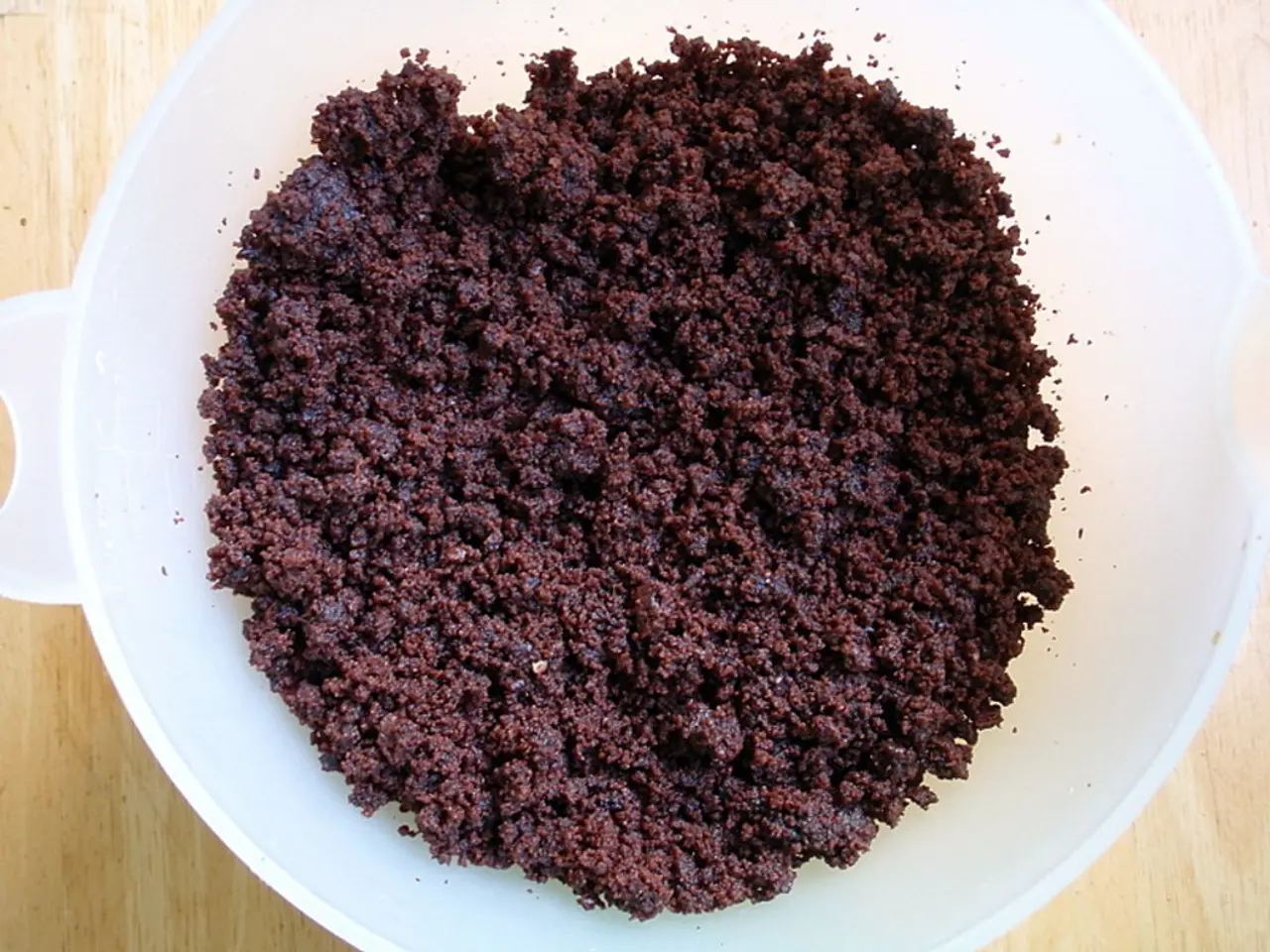Surgical Procedure for Gallbladder Extraction (Laparoscopic Cholecystectomy): Crucial Information
Laparoscopic cholecystectomy is a common surgical procedure used to remove the gallbladder, an organ that stores and concentrates bile, a fluid produced by the liver to help break down fats. This procedure is an effective treatment option for people with gallbladder problems, such as gallstones.
The process begins with a pre-surgery appointment, where a person undergoes a general health check and blood tests. On the day of the surgery, they will need to avoid eating or drinking for 8 hours prior. Laparoscopic cholecystectomy is a minimally invasive surgery that uses general anaesthesia, small incisions, a laparoscope, and surgical tools to remove the gallbladder.
After the surgery, most people can go home on the same day, but they will need someone to drive them or ride with them, and should arrange for someone to stay with them for at least 24 hours. During recovery, it's important to follow aftercare instructions provided by the doctor, which may include not taking a bath or shower for a few days and looking out for signs of infection.
While the removal of the gallbladder is possible, it's not an essential organ. After surgery, bile flows directly from the liver into the duodenum, which may cause diarrhea and loose, watery stools. People should maintain a balanced diet during recovery and avoid foods or drinks that cause symptoms to flare.
It's essential to be aware of potential complications following laparoscopic cholecystectomy. Common signs and symptoms include persistent or worsening right upper abdominal pain, fever with chills, jaundice, and abnormal digestive symptoms such as diarrhea or constipation. These may indicate serious issues like infection, bile duct injury, or retained gallstones.
Patients should watch for persistent abdominal pain, especially in the right upper quadrant, which may suggest ongoing inflammation or bile duct problems. Fever and chills can indicate infection such as cholangitis or abscess formation. Jaundice (yellowing of skin or eyes) potentially signaling bile flow obstruction due to retained stones or bile duct injury should also be monitored.
Digestive disturbances including diarrhea (common due to continuous bile flow into intestines) or constipation, which may be related to altered bile regulation or effects of anesthesia, should also be noted. Signs of intestinal injury or peritonitis, such as severe abdominal pain, bloating, and vomiting, should be reported to a doctor immediately.
Early recognition of these signs is crucial because complications like bile duct injury, infection, or gallbladder bed abscess can be life-threatening if untreated. Patients are advised to seek immediate medical attention if they experience high fever, severe abdominal pain, jaundice, or persistent vomiting after laparoscopic cholecystectomy.
Compared to open cholecystectomy, laparoscopic cholecystectomy reduces pain, speeds up the healing process, lowers the chance of infection, and minimizes scarring. However, if complications arise during a laparoscopic cholecystectomy, it may be necessary to switch to open cholecystectomy.
In conclusion, laparoscopic cholecystectomy is a safe and effective treatment option for gallbladder problems. By understanding the procedure, potential complications, and post-surgery care, patients can make informed decisions and ensure a smooth recovery.
- Maintaining good health and digestive health is important, especially for those with medical conditions like cholecystitis or gallstones.
- Science has led to advancements in treatments for chronic diseases, with laparoscopic cholecystectomy being a prominent example.
- Sleep and fitness-and-exercise play crucial roles in recovery from surgeries like laparoscopic cholecystectomy.
- Regular check-ups and medical screenings, such as eye-health and hearing examinations, can help catch potential health issues early.
- A balanced nutrition plan is essential during recovery from laparoscopic cholecystectomy and in managing weight-management.
- Aging can bring new health challenges, including cardiovascular-health issues, skin-care concerns, and autoimmune-disorders.
- Mental-health is vital for overall well-being and can be especially important during times of stress, such as when dealing with medical conditions or treatments like laparoscopic cholecystectomy.
- Men's health encompasses a variety of topics, including prostate health, testicular cancer screenings, and sexual-health concerns.
- Women's health covers diverse aspects, including reproductive health, gynecological-care, and menopause management.
- Parenting involves caring for children's physical and emotional well-being, including monitoring their health-and-wellness and promoting healthy lifestyles.
- Some people seek out therapies-and-treatments like CBD or neurological-disorders treatments for various health concerns.
- Medications like medicare can help manage health costs and facilitate access to necessary treatments.
- Skin-conditions, such as acne or eczema, require careful care and potential medical intervention.
- Workplace-wellness programs focus on promoting employee health and well-being, including fitness-and-exercise, mental-health support, and nutritional resources.
- Actively managing mental-health is crucial, as mental-health issues can have significant impacts on physical health and overall well-being.
- Proper treatment and protection, like cancer screenings and sunscreen, can help prevent and manage serious health concerns, such as cancer and skin-conditions.




